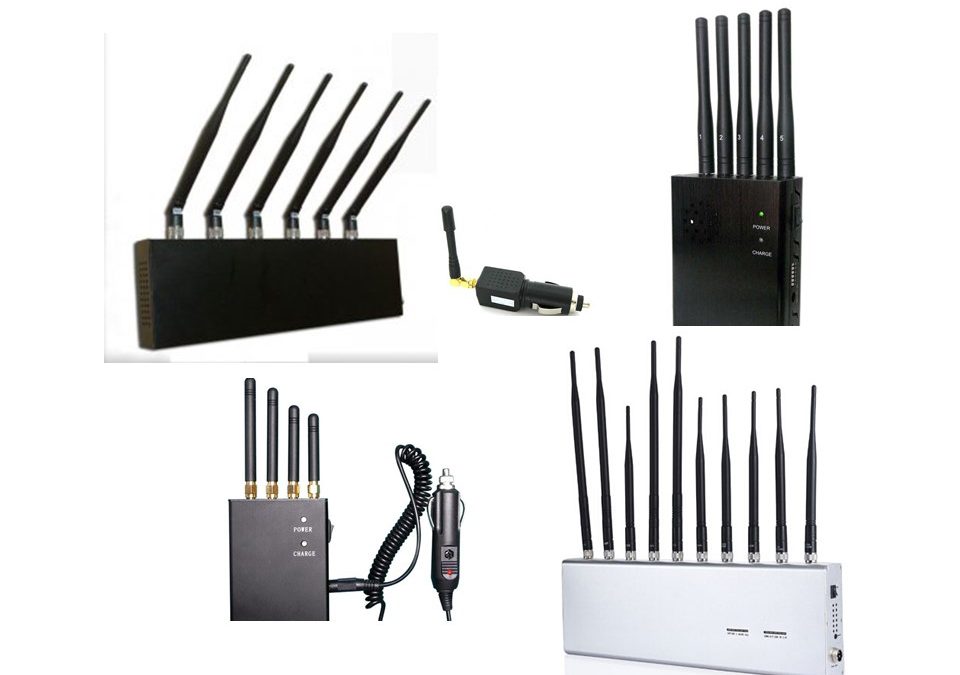Image: RNTF
Blog Editor’s Note: This article reports on the latest chapter in DIU’s detection efforts.
We are encouraged by the statement in the article, which we assume is near to a quote from DOD/DIU, to the effect that:
“…information and insight can be broadly shared not just within the U.S. Department of Defense (DOD), but across agencies, allied partners and the public as needed.”
Although, that last bit about “as needed” doesn’t comfort.
We are all in favor of steps in the right direction, so, good effort.
Long overdue, though.
The Europeans completed their three year project documenting GNSS disruption in 2019. Through sampling at a number of locations STRIKE3 found 450,000+ interference signals, about 59,000 of which they determined were deliberate. The deliberate ones were sorted into approximately 300 “families,” perhaps indicating that number of manufacturers. Then. over a year ago, the EU contracted for a GNSS interference detection network.
We wonder about next steps in the US.
Will there be any? If so, will they make us safer by stimulating action? Or will we just continue admiring the problem?

Military exercise to test detection of GNSS disruption
DIU accelerates commercial GEOINT and NAVWAR tools and capabilities to the warfighter
The U.S. Defense Innovation Unit (DIU) will be testing ways to mitigate disruptions to GNSS signals this fall.
Disruptions include those from intentional sources, such as spoofing, as well as intentional or unintentional jamming. Intentional tactics can be applied by adversarial nation states, criminal networks or privateers.
The shared interests between the government and private citizens alike for awareness of GPS disruptions make commercial solutions ideal; information and insight can be broadly shared not just within the U.S. Department of Defense (DOD), but across agencies, allied partners and the public as needed.


